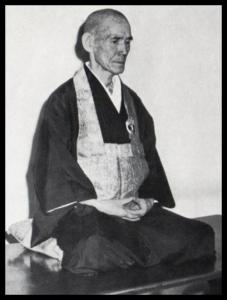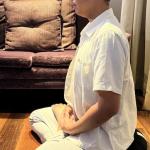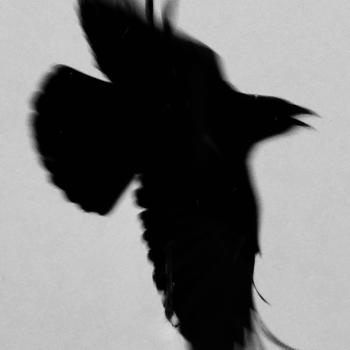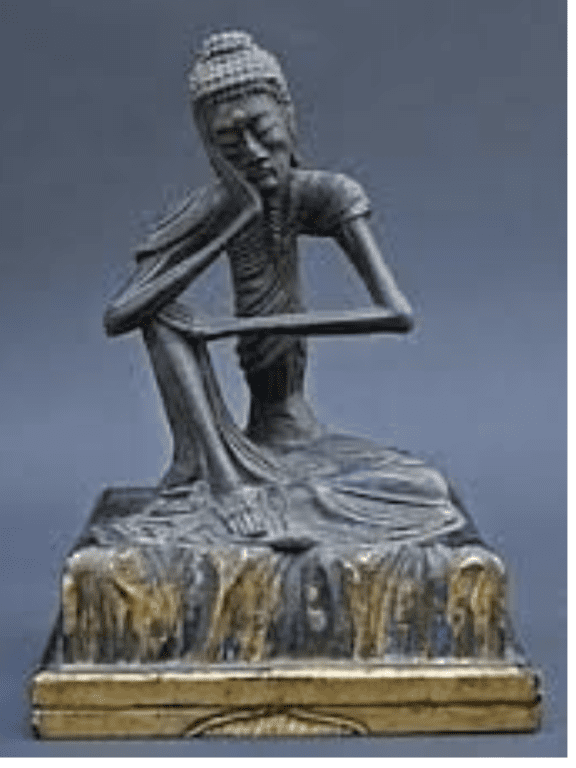In this post, I’m concluding the series of re-edits of Hakuun Yasutani Roshi’s (1885–1973 – pictured above) comments on the main case of Record of Going Easy (J., Shoyoroku), Case 11 Yunmen’s Two Illnesses, inserting my translation of the case into his commentary.
The original version of Yasutani Roshi’s commentary that I’m working with appeared in The Hazy Moon of Enlightenment, by Taizan Maezumi and Bernard Tetsugen Glassman. But, as with the last two posts (available on Ghost), I’ve done something unusual – I’ve edited the version published in Hazy Moon, replacing their translation of the main case with mine and doing some other light editing (e.g., using Pinyin rather than Wades-Giles).
Main Case
Great Master Yunmen said, “When the light has not penetrated and dropped off, there are two kinds of illness. One is where everything is not clear and before you there is something. The other is penetrating the emptiness of all dharmas, but vaguely there seems to be an object. This too is the light having not completely penetrated and dropped off. Again, the dharma body also has two kinds of illness. One illness is receiving the dharma body as the dharma, holding it and not forgetting, seeing it as if it exists. This is to fall on the side of the dharma body.
Another is even though having passed straight through, you cannot let go. Next, carefully, attentively examine one-by-one. What breath is this? This too is exactly illness.”
Yasutani Roshi’s Commentary
Great Master Yunmen said, “When the light has not penetrated and dropped off, there are two kinds of illness. One is where everything is not clear and before you there is something.”
In order to reveal four kinds of harmful influences in Zen training, Great Teacher Yunmen first separates them into two parts and says that in each part are two kinds of illnesses.
“Light” is awakening. It is the bright light of your own self. Although you may be awakened, if it is not thoroughgoing great awakening there will be a sort of faint haze: it isn’t clear. That is what is called “the light having not completely penetrated and dropped off.” In that, there are two kinds of illnesses. In one of those illnesses, there is a lack of brightness in all places, and you have no choice but to think that there are objects in front of you.
Before becoming awakened you just think that you are here and things that are not you are over there, and you are unable to proceed even one step out of a dualistic world. Experience awakening, even shallow awakening, and you naturally understand that the thought of ‘‘objects over there” is completely mistaken—you have opened your eyes on a world where the totality is yourself. That is awakening.
However, just to understand that oneself and others are the same is not yet awakening. As it says in the “Harmony of Difference and Sameness,” “…according with sameness is still not enlightenment.“
To encounter the absolute is not yet awakening. To notice the fact that all ten directions of the world are the whole body of your self is awakening. When awakening is thorough, it is definite that outside oneself there is nothing, but if it is not thorough, then at all times and all places that face just doesn’t seem to be clear. Somehow, you cannot help thinking that there seems to be something outside of yourself. This is the first illness.
“The other is penetrating the emptiness of all dharmas, but vaguely there seems to be an object. This too is the light having not completely penetrated and dropped off.”
Here one more illness is revealed. With regard to this, first keep in mind what is called “person emptied” and “‘dharmas emptied.” “Person emptied” is only tentatively achieved. Therefore, things that are not oneself seem to be seen before you. That is because the state of ‘’dharmas emptied’’ has not been achieved.
When both person and dharmas are emptied, there doesn’t seem to be anything remaining at all, but deeply hidden somehow, something still not empty remains like a thin haze. As if a bit of cloud remained in the vast sky, it is not yet clear. That’s proof that, in truth, the bottom of the bucket has not yet broken through.
If a cloud even the size of a hair remains, it expands anew, becoming a whole body of cloud. So do not be inattentive. If you are inattentive here, your dwelling in this realm immediately becomes an illness.
“Again, the dharma body also has two kinds of illness. One illness is receiving the dharma body as the dharma, holding it and not forgetting, seeing it as if it exists. This is to fall on the side of the dharma body.”
Having taken care of the first of his two major divisions, Yunmen now reveals that in the next one also there are two kinds of illnesses. The two previous kinds of illnesses derived from the light’s not having penetrated thoroughly. In the two kinds of illnesses now revealed, truly the light does penetrate thoroughly. This is the stage at which “above heaven and below heaven, I alone am the honored one.’’ The dharmakaya is the real self. To arrive at the dharmakaya is to be awakened to the real self. This is thoroughgoing great awakening.
In reality, although great awakening is thoroughly penetrated, joy remains. Following that is the illness called “so many people don’t know of this world that I so appreciate and revere.”
That is called ‘‘dharma attachment” – “holding it and not forgetting” – attachment to the dharma of awakening. The view of self discussed here is different from the ordinary view of ego: having a mental picture of awakening being such-and-such by gazing at it out of your own wisdom—that is called “a view of self persists.’’ Therefore there is a plummeting into the dharmakaya side, and a sitting down in the world of awakening.
This is an awakening illness. Though you penetrated through, if you are negligent, it is still no good. Even after “…attentively examining one-by-one. What breath is this? This too is exactly illness.”
Being able to penetrate through is thoroughgoing great awakening. It is an entry into the dharmakaya world, and to discard this too is to be cured. For example, having had thoroughgoing great awakening, and having discarded it and been cured, occasionally you fall into the dharmakaya side, or a view of self arises and stays for a while without being discarded. If with might and main from moment-to-moment you go on paying close attention, you can’t go wrong. This is called, ‘However you look at it there’s no inadequacy.’”
But sit down here and this too will be an illness. With that, all four kinds of “sitting down” have been set forth. Whenever there is sitting down, there is illness, there is failure. If you don’t sit down anywhere, whether your practice be profound or shallow, whether your awakening be bright or dim, however you happen to be, you will naturally accord with the Way.
How about it? Illnesses that you never thought could be so subtle have in this fashion been clearly, definitely diagnosed and plucked out. Unless you have quite a doctor you won’t get treatment this complete! Great Teacher Yunmen, as you might expect, is the king of all the great doctors in the Zen world. If those people who have “one-piece awakening” and come to realization after realization do not fully and freely perspire over sober-minded and honest koans such as this, their realization will not be authentic. It is most remarkable that the Record of Going Easy has delicate koans like this.
Dōshō Port began practicing Zen in 1977 and now co-teaches with his wife, Tetsugan Zummach Sensei, with Vine of Obstacles Zen, an online training group. Dōshō received dharma transmission from Dainin Katagiri Rōshi and inka shōmei from James Myōun Ford Rōshi in the Harada-Yasutani lineage. He is also the author of Keep Me In Your Heart a While: The Haunting Zen of Dainin Katagiri. Dōshō’s translation and commentary on The Record of Empty Hall: One Hundred Classic Koans, was published in 2021 (Shambhala). His third book, Going Through the Mystery’s One Hundred Questions, is now available. Click here to support the teaching practice of Dōshō Rōshi.














